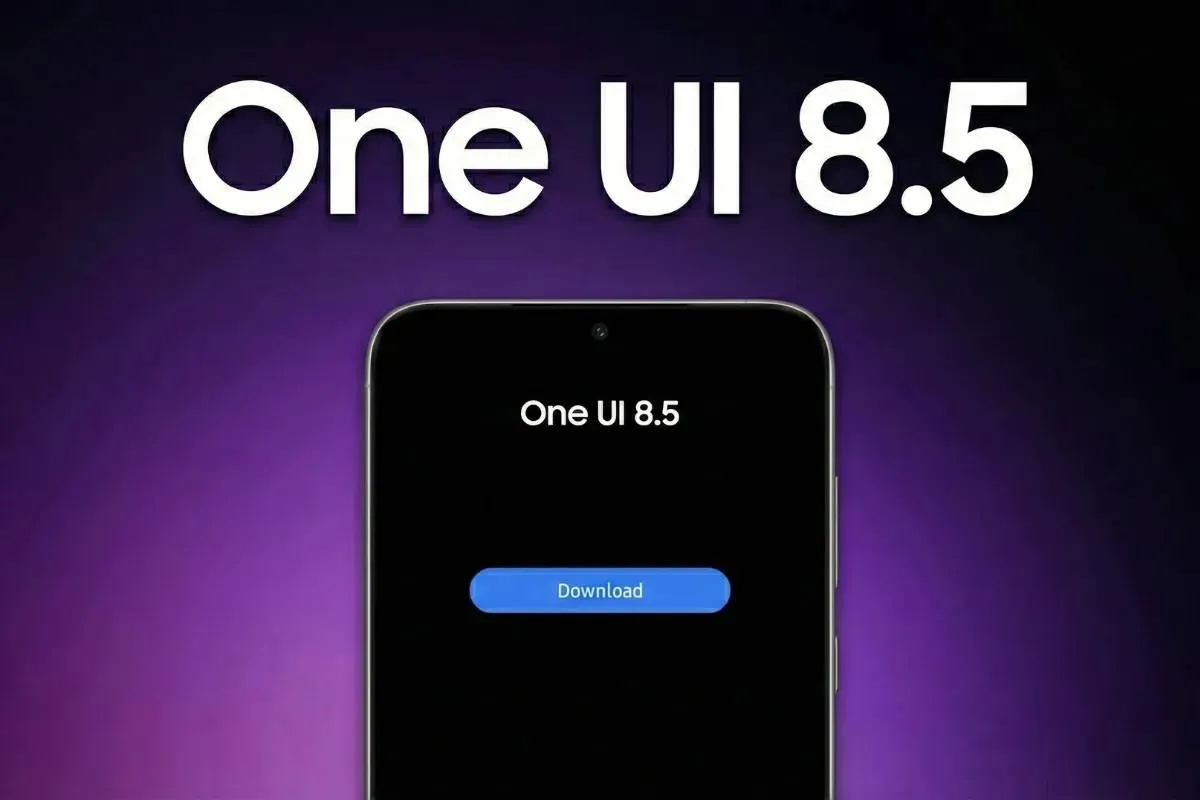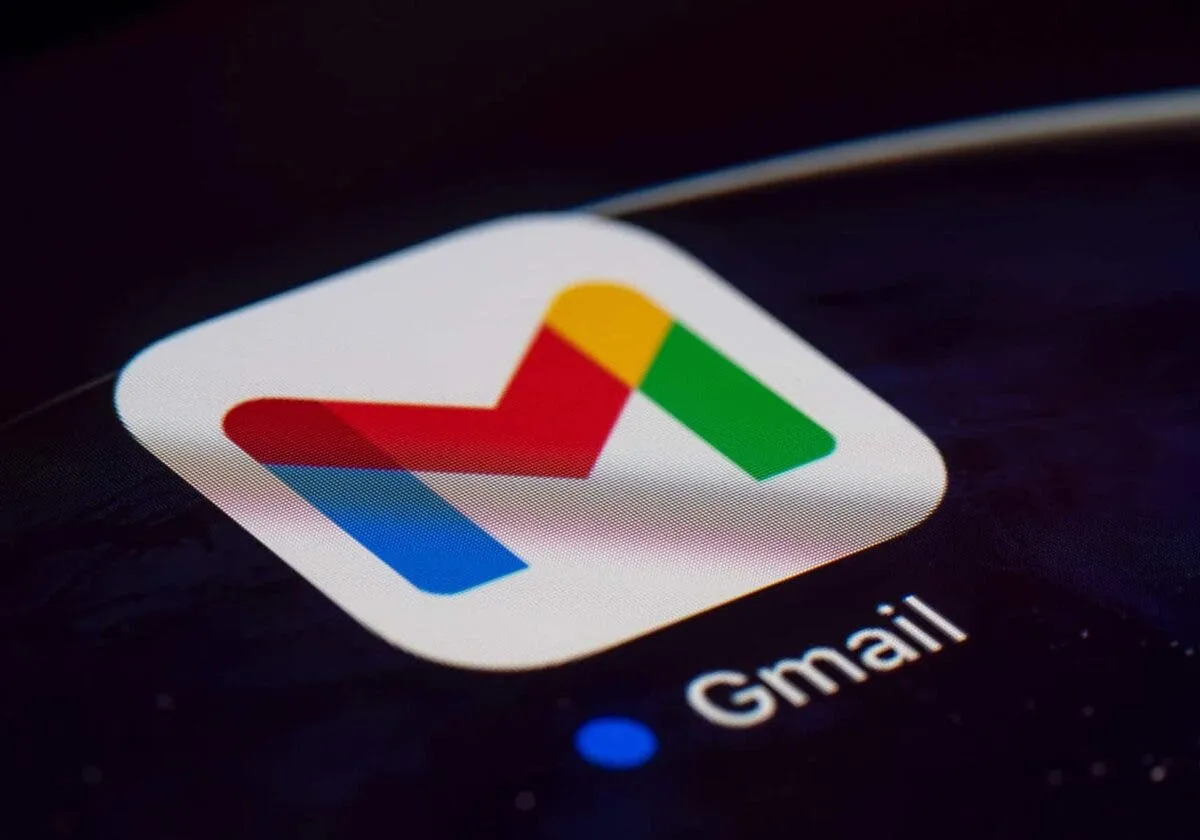Voice to Text: A Guide on How to Use WhatsApp Voice Note Transcripts
How to's | GuidesSaturday, 30 November 2024 at 20:45
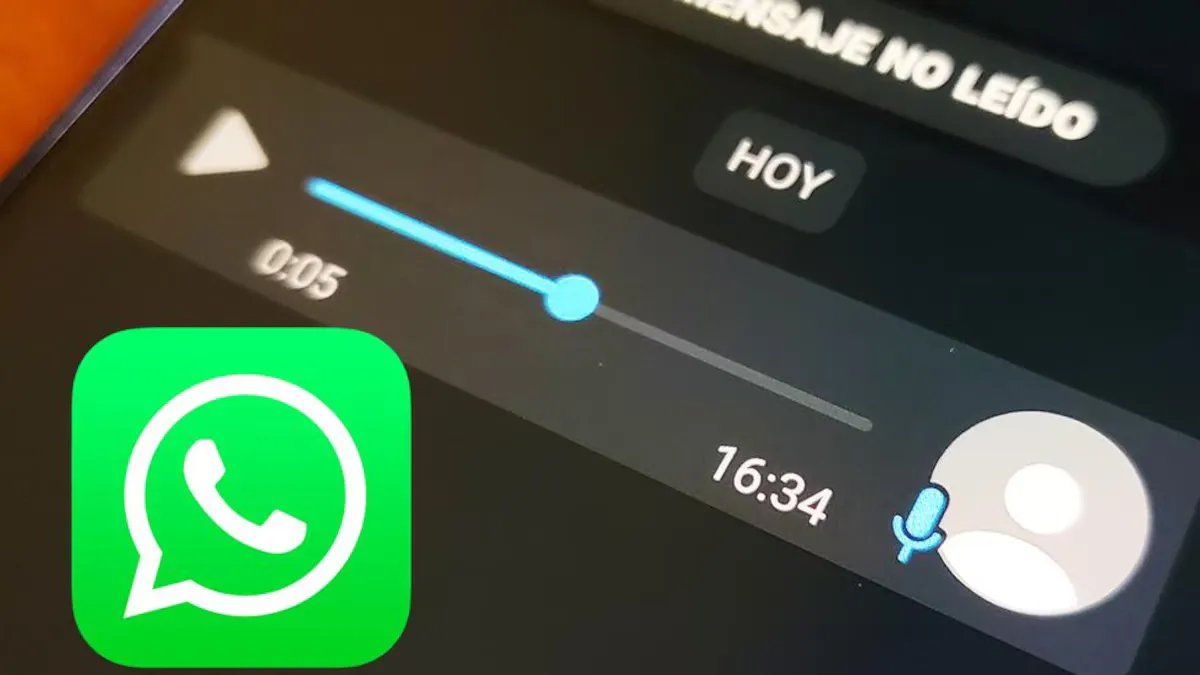
WhatsApp’s voice note transcription feature has become a game changer for users looking to catch up on messages in environments where playing the audio might not be ideal. This feature converts voice notes into text, making it easier to follow conversations even in noisy areas or when listening to audio is inconvenient. Here's a detailed guide on how to use this feature effectively.
Why is WhatsApp Voice Note Transcripts a Useful Feature?
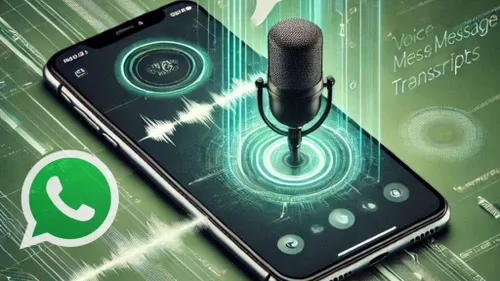
Voice notes have become a popular form of communication. According to Statista, 70% of WhatsApp users now send voice messages. However, as voice notes gain popularity, they also present certain challenges, especially when you can't listen to them at the moment.
Whether you're in a meeting, traveling, or in an environment where playing sound is impractical, such as a busy office or library, voice note transcripts provide a practical solution. They allow you to access the message’s content without disturbing others or requiring headphones. For many, the ability to read instead of listen is a more convenient option, making the transcription feature a crucial addition to WhatsApp’s array of tools.
How to Set Up WhatsApp Voice Note Transcripts
To take advantage of the voice note transcription feature, make sure you are using the latest version of WhatsApp. WhatsApp frequently releases updates that introduce new features, including transcription. By keeping the app up to date, you ensure you won’t miss out on these important additions.
Once you’ve updated your app, follow these steps to use the transcription feature:
- Play the Voice Note: Begin by playing the voice note that you want to transcribe. The feature works automatically once you start listening.
- Activate the Transcription: Depending on your settings, the transcription will appear automatically. In some cases, you may need to manually select an option to enable it. Check your app settings to make sure the transcription feature is turned on.
- Read at Your Own Pace: The transcribed text will appear within the chat window, and you can refer to it at any time. This allows you to read the message at your own pace, making it easy to catch up on conversations without replaying the audio.
Note: The voice note transcription feature may not work with encrypted voice notes or might not be fully available in all languages yet. Keep an eye on updates for improvements and new language support.
Practical Tips for Using WhatsApp Voice Note Transcripts
[caption id="attachment_475045" align="aligncenter" width="1920"]
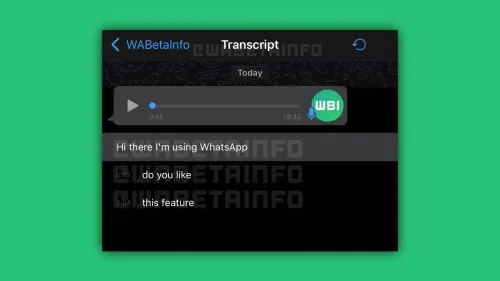
Image credit: WABetaInfo
Here are some practical tips for making the most of WhatsApp’s voice note transcription feature:
- Simplify Multi-Tasking: If you're in a busy environment like a coffee shop or library, reading a transcript is often a more discreet option than listening to a voice note through headphones. It allows you to continue working, studying, or interacting without disturbing those around you.
- Save Important Information: Transcripts make it easy to extract key details such as addresses, phone numbers, or event times. Instead of replaying the voice note multiple times, simply copy the relevant text and paste it into your notes or calendar. This saves you time and ensures you don't miss anything important.
- Improve Accessibility: The transcription feature is a major advantage for people who are hard of hearing or prefer reading to listening. It adds another layer of accessibility to WhatsApp, making it easier for users with different needs to stay connected. This inclusion is part of WhatsApp’s ongoing effort to enhance user experience for everyone.
Drawbacks in Using WhatsApp Voice Note Transcripts
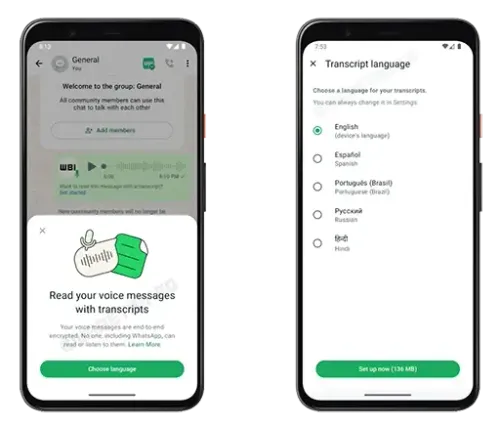
While the voice note transcription feature offers great convenience, it’s not without its drawbacks. The accuracy of the transcriptions depends on various factors such as the clarity of the speaker’s accent and the surrounding noise level. In situations where the speaker has a strong accent or speaks too quickly, transcription errors can occur.
Although these errors can be frustrating, WhatsApp continually updates its voice recognition technology, which means these issues are likely to improve over time. As the feature becomes more refined, it’s expected to handle a wider range of accents and noisy environments with greater accuracy.
Conclusion
WhatsApp's voice note transcription feature simplifies communication by converting voice messages into text. This makes it easier for users to catch up on messages, especially in noisy environments or for those with accessibility needs. As the technology continues to improve, we can expect even more accurate and efficient transcriptions.
Popular News
Latest News
Loading
